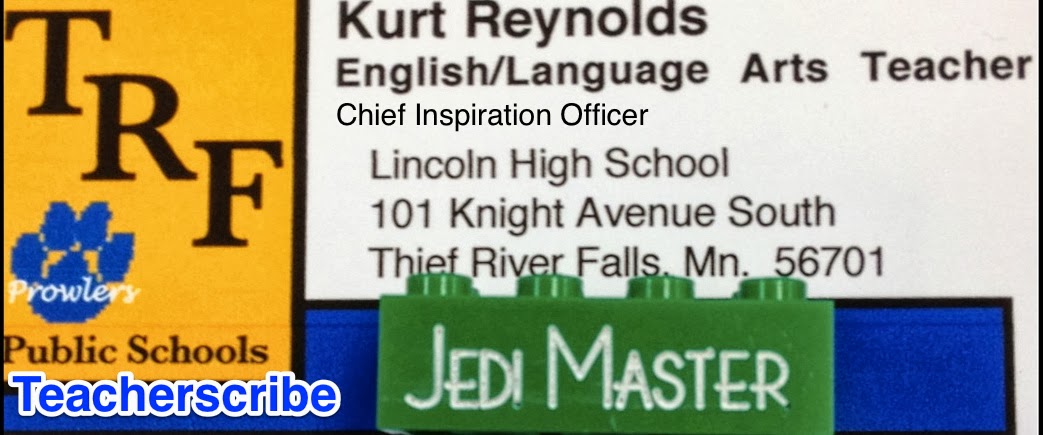Teacherscribe’s Teaching Tip #115
Whole-minded instruction. This is something I learned about during a grad class this summer.
Whole-mind instruction is a new way of envisioning teaching. It is a way of viewing education that keeps two key factors in mind: creativity and problem solving. On top of those, whole-mind instruction allows for students to creatively solve problems in real time.
Whole-mind instruction, which is key in meeting the “just-in-time” learning demands of the digital generation has several key components: information information fluency (which has two key features where students must first “access” information digitally and second, “assess” it for bias, reliability, and accuracy), collaboration fluency (where students must work together not just with classmates but other students in the state or even country . . . or even in other countries. One great tool for this is Skype), creative fluency (where students get to focus on design, art, and storytelling of a project or blog post or activity), and media fluency (where students can sift through the crap that is so prevalent on the internet and find what is important – or as John Merrow, from PBS, notes in his great book The Influence of Teachers – we should be teaching students how to analyze what they read on the internet – to recognize the wheat from the chaff . . . and to choose the wheat, or the pertinent information).
If we are able to do these things, we will make our learning relevant and engaging, so the implications for education couldn’t be more important. I saw this happen right before my eyes in entrepreneurship class at my high school. The teacher had a “show me the money” assignment. He gave each student $5.00 on Monday. They had to thinking of ways to take that seed money of five dollars and see how much profit they could make from it. The winning idea was from a student who promptly took his money and went to a local grocery store. He bought a case of bottled water, 24 bottles. He knew that our school charged 1.50 cents for a bottle. He would undercut them by selling his bottles from several small coolers he kept in his locker (with ice he got for free from out training room). But he didn’t just stop there. He put out a social media campaign. He pushed content out on Twitter and Instagram, notifying his peers of the bargain he was selling from his locker. He even shot a mini commercial and published it on Youtube. After the first day, he had $24.00 and bought four more cases of water. By the end of the week, he easily won the “show me the money” assignment because he had taken his $5.00 and made well over $100 in profit! I think that is a great assignment that encompassed the whole-mind approach to instruction. The student was engaged. He was able to use skills from his entrepreneurship class as well as his other classes (so he was applying the knowledge he had learned in school), and he was also using his digital citizenship skills by applying his social media skill (so he was applying relevancy to his knowledge) to publicize and advertise his little water bottle business. Of course, the learning doesn’t need to stop there. He could collaborate with a local business on a possible internship where he could again apply both his knowledge and his relevant skills to work out in the real world! How amazing is that?


No comments:
Post a Comment